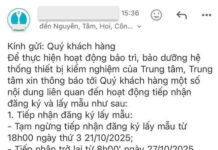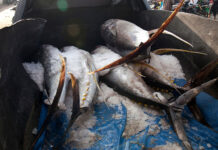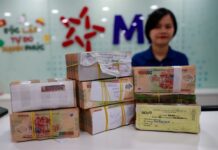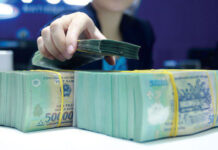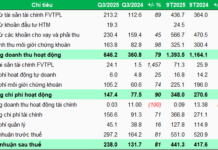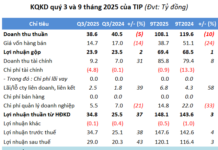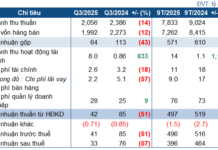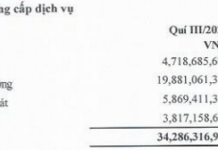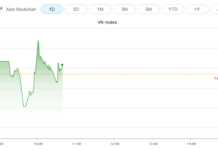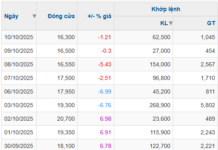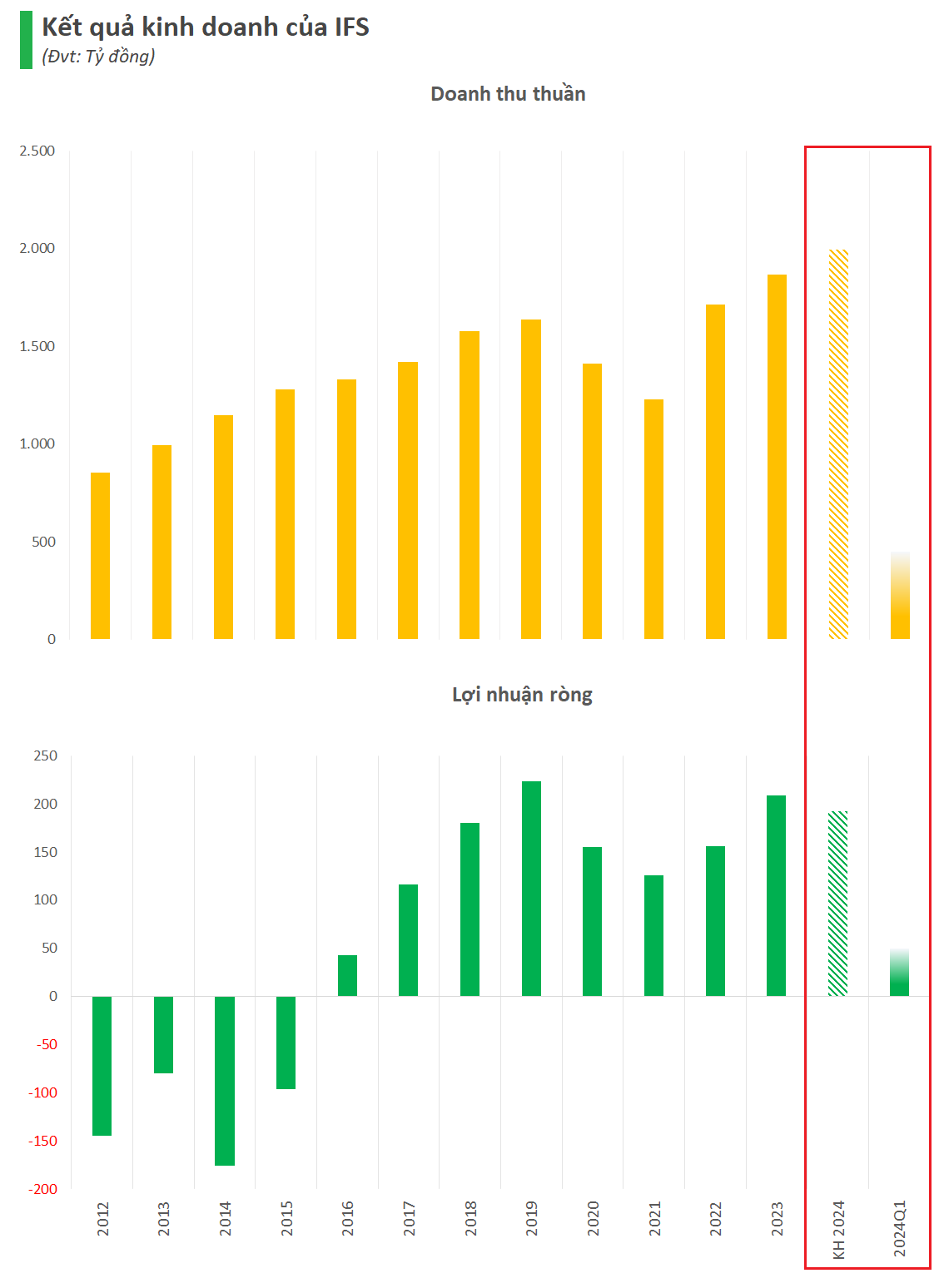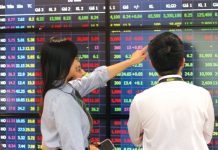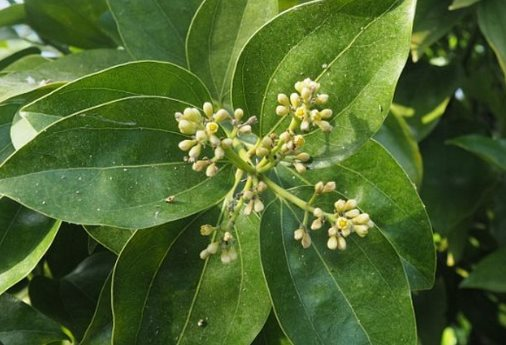
Cinnamon Import: A Snapshot
According to the Vietnam Pepper Association (VPA), Vietnam imported 443 tons of cinnamon in May, totaling 1 million USD in value. This represents an 18.8% increase in volume compared to the previous month. Indonesia and China were the primary suppliers, contributing 308 tons and 96 tons, respectively.
Cumulative figures for the first five months of the year show that Vietnam imported 2,452 tons of cinnamon worth 5.7 million USD, a decrease of 75.2% in volume and 77.3% in value compared to the same period last year. Notably, China has emerged as the dominant supplier, accounting for 45.8% of Vietnam’s cinnamon imports.
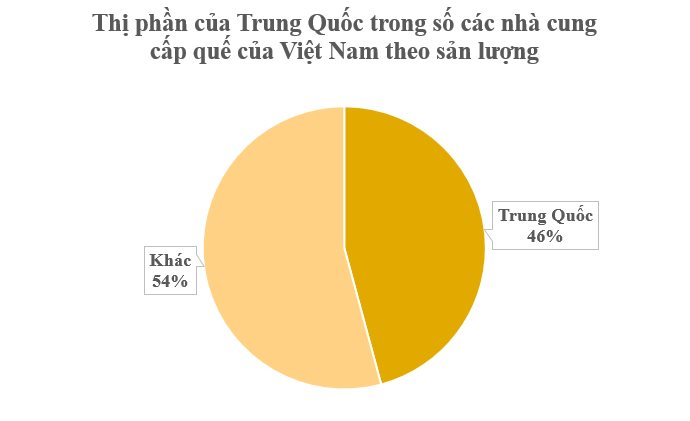
On the export front, Vietnam shipped 33,528 tons of cinnamon, generating over 96 million USD in revenue. This reflects a slight decline of 1.1% in volume and 4.4% in value compared to the corresponding period last year.
Cinnamon is cultivated across Vietnam, with notable concentrations in Yen Bai, Quang Ninh, Thanh Hoa – Nghe An, and Quang Nam – Quang Ngai. These regions are known for their distinct varieties, such as Yen Bai Cinnamon, Quy Cinnamon, Quang Cinnamon, and May Quế (Tày). Vietnam’s cinnamon bark reserves are estimated at 900,000 – 1,200,000 tons, with an average annual harvest of 70,000 – 80,000 tons. In 2022, Vietnam boasted the highest cinnamon exports globally, raking in over 292 million USD.
According to the Vietnam Pepper and Spice Association, cinnamon is predominantly grown in Vietnam, China, Indonesia (Casia variety), and Madagascar and Sri Lanka (Ceylon variety). Cinnamon farming provides a livelihood for hundreds of thousands of ethnic minority households in remote areas and significantly contributes to the socioeconomic development of many localities.
Cinnamon has a multitude of applications in production and daily life. It is used as a spice, fragrance, medicine, food additive, animal feed, and even as a fertilizer.
While Vietnam boasts a diverse range of medicinal plants, many of which are rare and valuable, the export turnover of these resources remains low. This is largely due to the lack of structured development planning and well-defined market channels, often resulting in crop wastage due to unsold produce.
Experts suggest that addressing five key issues is imperative to enhance the export potential of Vietnamese cinnamon, cassia, and medicinal plants. These include: promoting research and development, genetic conservation, and the cultivation of rare and valuable species; investing in human resources; fostering joint ventures and market expansion; establishing a strong brand identity for Vietnamese medicinal plants; improving logistics services; and, most importantly, implementing large-scale cultivation planning to ensure sufficient commercial volumes for export.

